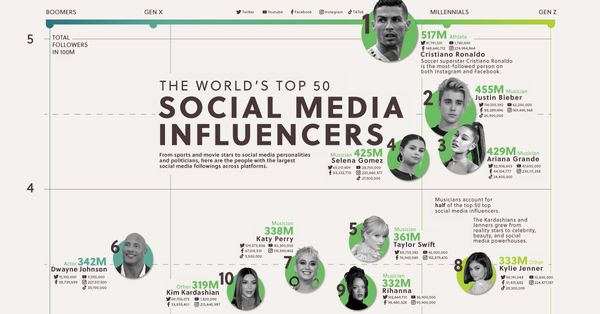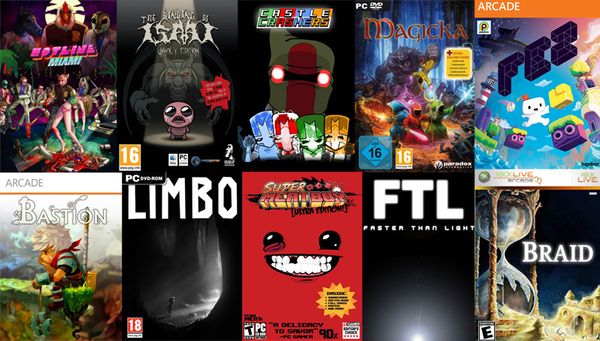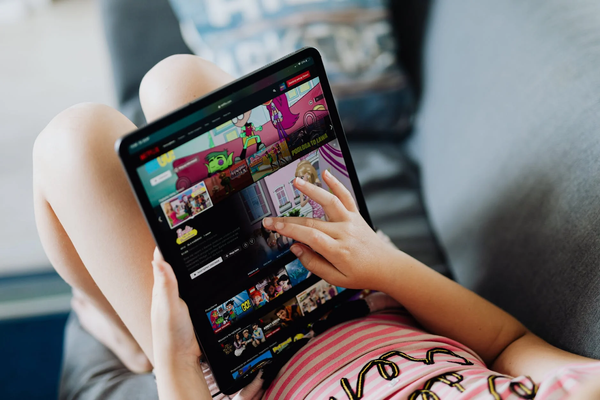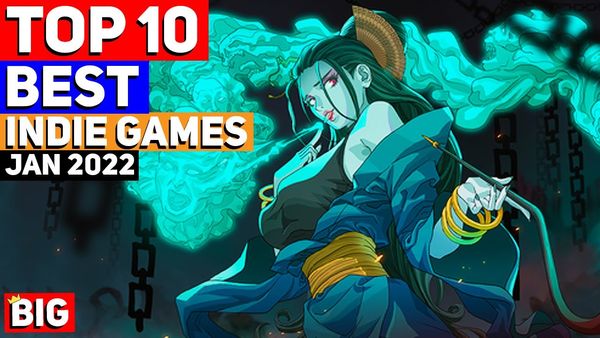When the average person is asked to name an influencer, they are most likely to suggest some well-known celebrity. To many people, influence equates with celebrity status. But, does it really? Would you take the word of Justin Bieber, if you wanted to buy a house in your local neighborhood? Do you respect R Kelly enough to follow his life tips? You may have purchased one of George Foreman’s grills, but what makes a boxer an expert on cooking appliances? The essential question to ask is what makes somebody an influencer?
The History of Influencer Marketing
There is no doubt that “influencer” did equate with “celebrity” once. Celebrities and well-known figures helped peddle products for brands as far back as the 1920s. In some cases, it was more of a figurehead that helped market brands, rather than a straightforward celebrity. For example, the modern version of Santa Claus comes from Coca Cola’s use of the character in their marketing, depicting him as a big, jolly man in a red suit with a white beard. Their version of Santa debuted in 1931 in Coke ads in The Saturday Evening Post, and continued regularly in their advertising, delivering toys and enjoying a Coke, until 1964.

As referred to above, George Foreman is probably better known today for the grill bearing his name, than he is for his boxing career. The grill could have been referred to as the Spectrum Brands Grill (named after the company that manufactures the machine), but they chose to work closely with former boxing champion, George Foreman in infomercials to sell their Lean Mean Fat-Reducing Grilling Machine in 1994. The worldwide popularity of the George Foreman grill resulted in sales exceeding 100 million units since its launch.
Of course, nobody used the term “influencer” when they referred to advertising featuring Santa, George Foreman – or indeed any other celebrity in the pre-internet age.
From Celebrities to Social Media Influencers
Brands used celebrities, or characters such as Santa, to emotionally drive sales. It may not make rational sense to buy a soft drink near Christmas, just because it has Santa’s face on, or to buy a grill featuring a boxer’s name and face on its packaging. However, it does affect peoples’ emotions, and this, in turn, alters their decision-making when shopping.
Over time, marketing changes. For a while, the television networks enjoyed a near monopoly on peak-time advertising. People saw television ads as the pinnacle of marketing success, and most big brands tried to outdo their competitors with their TV advertising. Celebrities effectively sold their name to brands who could use them in their publicity. Brands used celebrity influencers to differentiate their products from their competitors. They also hoped that consumers would follow their “heroes” in the marketplace. For instance, if your favorite movie star drank a particular beverage, the manufacturer of that drink hoped that they could convince the star’s fans also to buy the drink.
Gen-Z are More into Social Media and Influencer Content than Traditional TV

Eventually, the mass power of traditional television advertising diminished as viewing audiences fragmented. This is particularly evident with Generation Z who spends much less time watching traditional television than their predecessors. Generation Z (and to a lesser extent, Millennials) like to control the screens they watch. They’re not interested in scheduling. They are not into television or movie “stars.” They’re certainly won’t take notice of anything that looks like an ad. They like to control what they watch and when they watch it.
Sure, they haven’t entirely left traditional television behind yet – families still spend some time watching TV together. The CW channel with its teen-centric shows like Riverdale still performs well with this demographic. But the current generation sure loves to spend their video watching time online. Vidmob’s 2018 State of Social Video Report shows that Generation Z spends 54% of their video-time per day on social apps such as YouTube.
This has led to a change in the types of people we think of as influencers. Remember that the number one requirement to be an influencer is to influence people’ behavior. If Generation Z doesn’t connect with the types of celebrity who have enthralled older generations over the years then these people become less influential and have less ability to set trends or alter the younger generation’s behavior. There is now a new breed of influencer, who grabs the younger generations’ attention and respect.
Social Media Influencers are Less Pushy
These storytellers weave their tales through social media. Modern-day influencers need first to build a reputation for having expertise in some niche. It is only once they have established their reputation as an expert at something, that people take notice of what they have to say.
Modern influencers build themselves reputations as the go-to people for their subjects of expertise. Zoe Sugg, aka Zoella, didn’t begin life as an influencer. She probably wouldn’t consider herself as a celebrity in any traditional sense today. Yet through her blog, vlog, and YouTube channel, she built up a reputation as somebody worth watching on topics of fashion and beauty.
In a different era, Zoë may still have found fame. She began her career as an interior designer, and may well have found another way to spread her ideas in the pre-internet era. Yet, the existence of social channels found her an audience with whom to interact. Her thoughts made sense to her followers, so they kept coming back for more, bringing their friends with them.
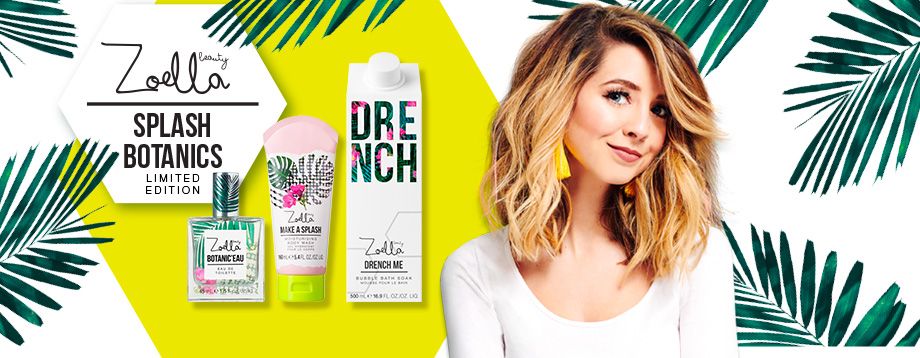
Just like many other top social media beauty influencers, Zoe has built up her own brand as a business. It is one of the newest trends in the influencer marketing industry that influencers start to build their own brand.
Instagram and YouTube are Now the Influencer Platforms of Choice
Most of the early influencers were bloggers. They knew their topics, were confident and had the writing skills to create an exciting blog post, answer comments thoughtfully, and keep conversations going.
Before long, they started sharing their posts on social media, and this gained them an entirely new audience. Influencers still predominantly shared written posts, however, relying on interesting writing and knowledgeable material to sell their posts to a curious audience.
Social media has changed along with the internet. With hardware improving and bandwidth expanding, social media became more visual and less wordy. Influencers continued to tell their stories; however, it became more common for influencers to share captivating images and exciting videos.
It should be no surprise that Instagram is now the influencer platform of choice. It gives the best opportunities for influencers to share sumptuous enticing visuals, even on topics that generally come across as boring.
YouTube is also now a platform of choice. Can you have imagined in the pre-social media days, any excitement generated by a well-produced unboxing text article? Yet unboxing videos thrive on YouTube. Even George Fireman would have struggled to gain many followers back then if he published a print ad showing him unpacking one of his grills.
Creativity and Sincerity Shape Influencers

Successful influencers can tell a story, whether it be in words, images, video, or even song. Therefore, most successful influencers are highly creative people, in at least one way.
This is something that brands need to understand. The influencers they work with have already built a reputation for their posting. Their followers already recognize them for their creativity, as well as their authenticity. If either ingredient is missing from posts they make on behalf of brands, then the partnership is unlikely to end well. There is little point foisting ads onto influencers, particularly if written in “ad man language.” The influencers’ followers will see straight through these posts, and the influencers’ credibility will gradually chip away.
Genuine influencers don’t share bland, boring posts. Brands often struggle to comprehend that the influencers are the critical part of the marketing equation. It is the influencers who interest their followers – not the brand. Forcing an influencer to reproduce carefully created and corporate-vetted content is a counterproductive and a pointless exercise. Any influencer marketing posts that an influencer shares need to sound as if it is their own voice. For it is that voice that attracted their followers in the first place.
Brands Are Learning the Advantages of Working with Both Top and Micro Influencers
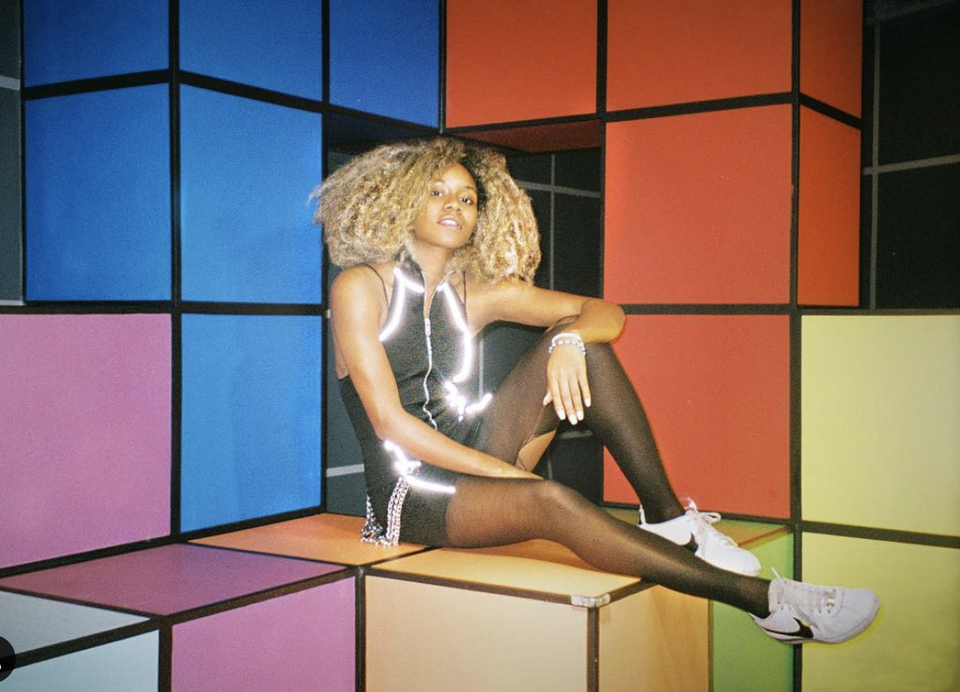
Of course, some niches are inherently more suitable for influencer marketing, or indeed any form of social marketing, than others are. You’re unlikely to gain much sales traction if you try to work with influencers to promote your RV sewer caps – although even then you may be able to work with experienced and knowledgeable camping influencers.
The most popular niche for influencer marketing is fashion, followed by beauty, then food and drink – all visual and creative fields.
This makes sense for two reasons. All of the favorite influencer niches provide opportunities to share images and videos that positively evoke the senses of those reading or viewing the posts. Somebody scrolling through their social feed could be tempted to take a further look at an interesting outfit, eye-catching makeup demonstration, or sumptuous edibles.
A side effect of this is that the people who find social fame in these niches are usually also creative. They know how to construct a post, take the ideal eye-catching photo, or make a perfect shot and edited video. They know how to play to their followers’ emotions.
These influencers usually cost substantially less to work with than big-name celebrities and macro-influencers. Yet they typically wield far more power on their followers. In most cases, the people who follow these micro-influencers do so out of interest, even awe, of their creativity. The followers of the big names often do so, merely because they recognize the name. They don’t expect they will ever interact with the “star.”
The SocialPublic 2018 Global Micro-Influencer Survey discovers that micro-influencers with fewer than 10,000 followers average a 7.6% engagement rate, compared with 0.03% for mega-influencers with a mere 0.03% average engagement rate. It seems clear which type of influencer has the most long-lasting influence on their followers’ thinking and behavior.
Looking for the best social media influencers for your target audience? Head on over to SocialBook for a free demo and trial to find out how!


